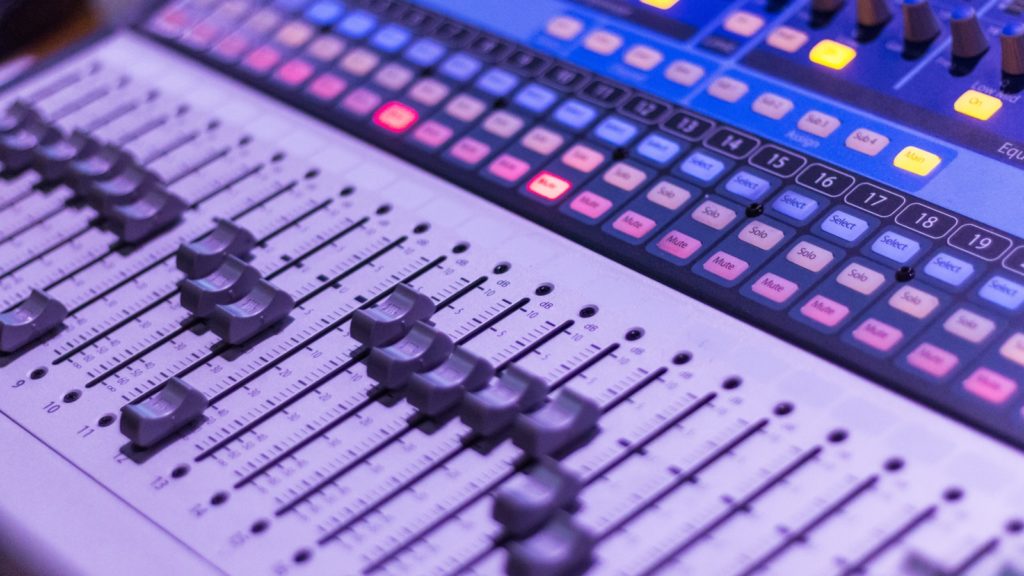LG’s 100-Inch QNED evo AI TV Redefines Big-Screen Viewing in South Africa In a bold leap forward for home entertainment, LG Electronics South Africa…
How machine learning will revive radio in South Africa and beyond

Over the past decade, the dazzling rise of digitally-driven technologies has had a profound effect on almost every industry. Within the broad sphere of media and advertising, new technology has been hailed as both hero and villain.
Print media, for example, has faced a catastrophic decline in readership as audiences turn to online platforms. Similarly, broadcast media has been challenged to find growth in advertising revenue as digital platforms become more widely used.
One of the oldest and most beloved of media platforms — radio — has also been under threat. Yet in the case of radio, and more specifically, radio advertising, the real golden days still lie ahead — thanks to advances in artificial intelligence (AI) and machine learning (ML), a subset of AI. Essentially, because we can now leverage data that used to be considered useless — but that is actually highly valuable — we can inform radio and digital campaigns with more accuracy and insight than ever before.
But first, back to the nitty-gritty of the technology itself.
Put simply, machine learning is the science of getting computers to act without being explicitly programmed. This technology has already fuelled game-changing innovations such as practical speech recognition and self-driving cars. It has even given us far deeper insight into the human genome.
Today, most internet users are in fact harnessing machine learning on a daily basis, without any awareness (or appreciation) of the underlying technology. A very rudimentary example would be the selection of content served to a user based on the content they’ve already consumed online. This has already had massive impact over the last few years in online advertising, online retail, and digital content services.
So, you ask, what does this mean for radio, and radio advertisers?
Increasingly, organisations across sectors have access to massive volumes of data — and this data, in theory, can be fed to machine learning algorithms to produce important insights for businesses. Indeed, as cloud computing becomes ever more pervasive with enabling environments such as Amazon AWS (an on-demand cloud computing platform) now available to almost everyone, machine learning in the enterprise, both large and small, is highly accessible.
Within the field of radio and radio advertising, machine learning, if harnessed correctly, can be nothing short of revolutionary.
Simply by reducing the amount of time it takes to churn through millions of records of text, audio, pictures and video, this technology changes the landscape for audience interaction analysis and profiling, to name but two applications.
Previously the value of this content would not have lived past the moment on air. Also, in addition to producing important insights, machine learning enables the identification of patterns — which makes predictive analysis possible. Predictive analytics allows us to determine patterns and predict future outcomes and trends.
Measurable, in real-time
Historically, one of the main challenges for radio broadcasters and those looking to advertise on radio was the inability to measure and extract insights from audience responses and engagements. Even today, the primary metrics used to program the stations (and to advise advertisers around their campaigns) are delayed and have limited application.
Now, machine learning has taken what was historically disaggregated and made it measurable — in real time. This has opened up new and exciting opportunities for those who are able to curate and package insights effectively — and to become first responders for live platforms like radio.
Indeed, in order to gain a competitive advantage in a crowded and cutthroat marketplace, radio stations need to partner with such first responders — platforms or agencies that can provide quick, accurate and timely data to inform campaigns.
This advancement is set to benefit both radio stations and advertisers, on a grand scale.
Mining Social Content
Given the prevalence of social media and the constant conversations that take place on these platforms, it is critical that we learn how to extract key insights from this data. Yet it’s not that straightforward, taking into account that social content is packed with selfies, emoji, acronyms and abbreviations, and produces content on multiple topics simultaneously.
This is where assisted learning can play a major role for radio campaigns. Assisted ML refers to when a human being teaches the machine to classify data in a certain way, establishing set baselines for the machine to leverage in the future (unassisted ML relies on the machine’s ability to classify its own models). By harnessing assisted ML, we can ensure that radio campaigns draw their insights from social content — thereby turning previously unusable data into gold.
Importantly, assisted ML also acts as a logic check to make sure that the machine becomes more accurate in decoding our emotions and interactions. Today, the social conversations that take place between listeners and radio stations go largely unread — and ignored. Now, with the right tools, we’re able to extract real value out of something that can seem quite overwhelming to advertisers and media operators.
Looking ahead, it is clear that this is only the beginning for machine learning and radio campaigns. Already, we are exploring the possibility of a crowd-sourced platform to leverage human brainpower to classify data for ML algorithms.
Such a platform could be scaled on a global level to decode the countless idiosyncrasies in the different markets we aim to service. For those who love radio and what it represents, this could be the start of a new type of technology-backed stardom for the medium.
Feature image: Anthony Roberts via Unsplash

